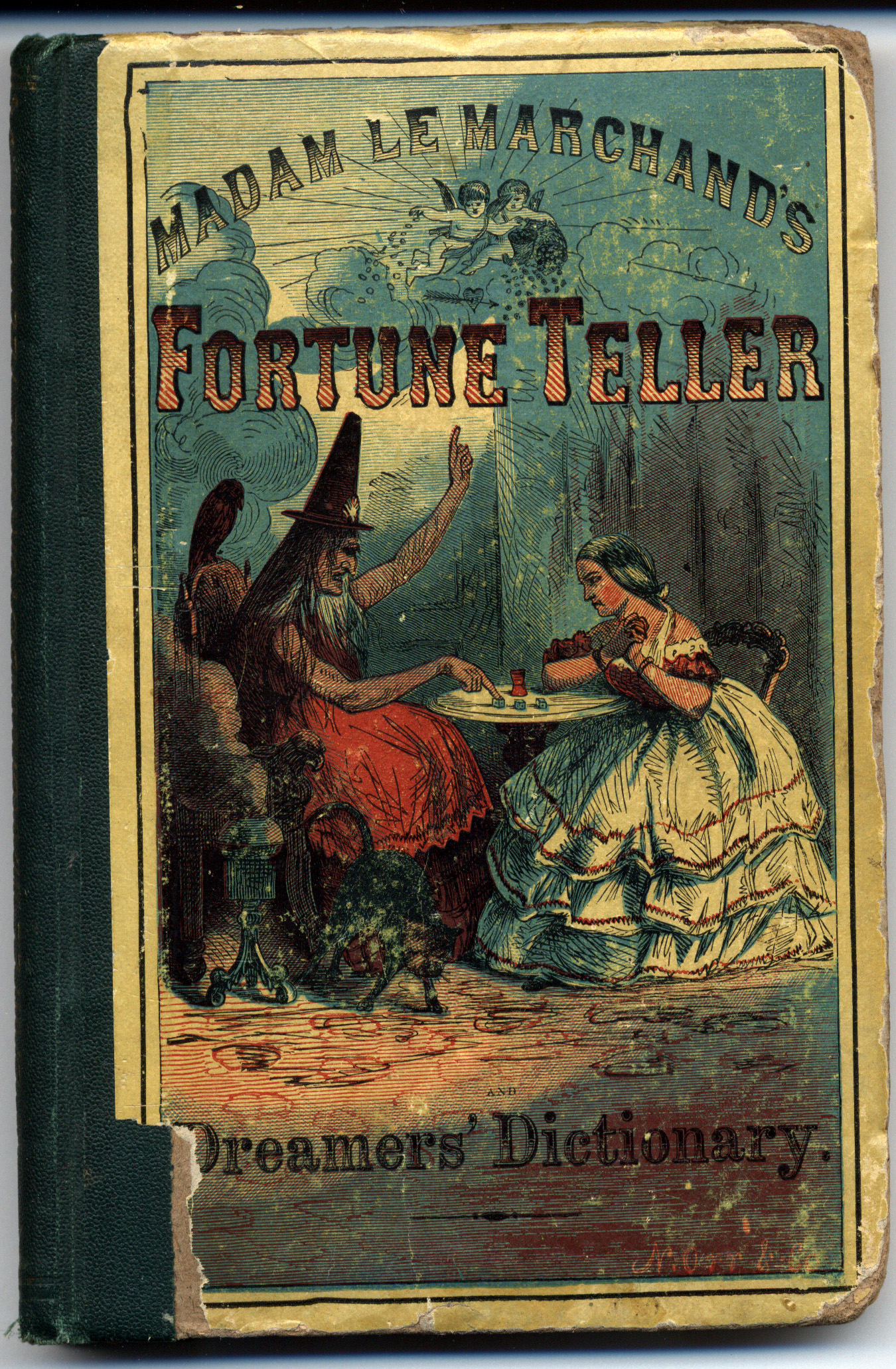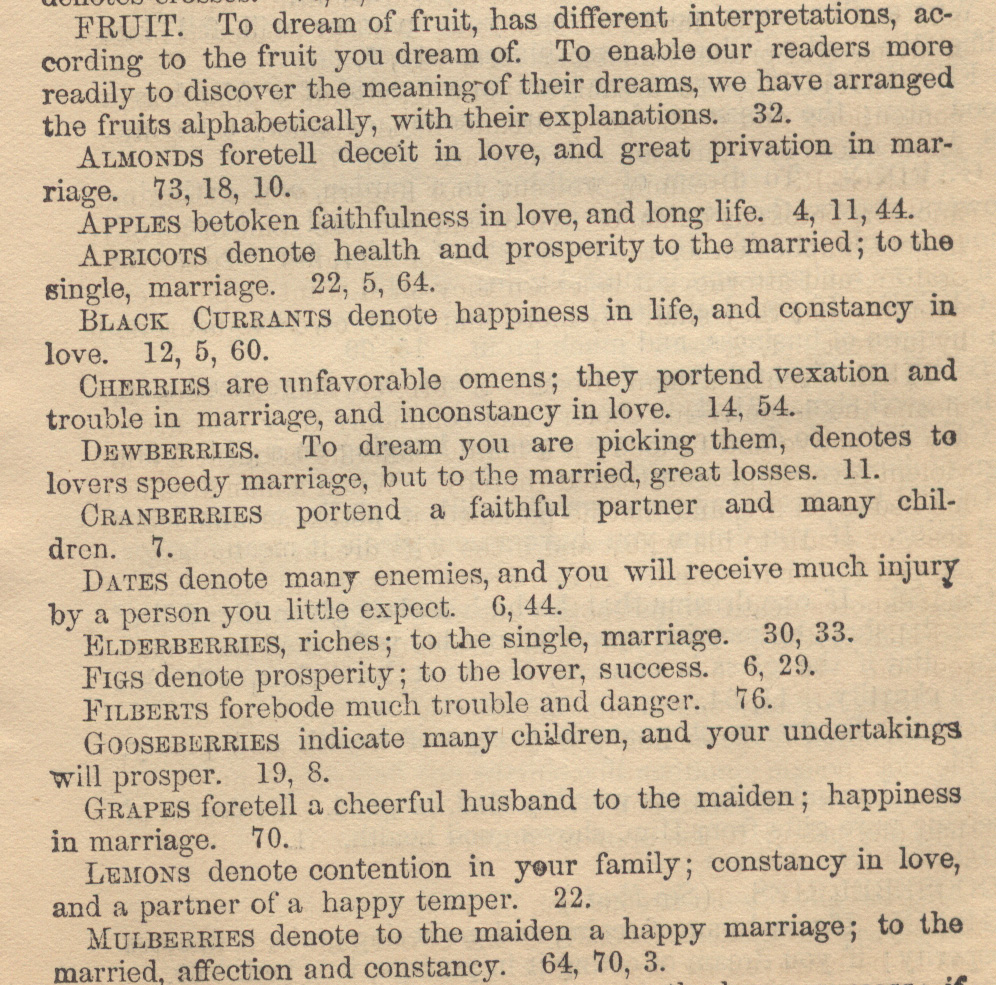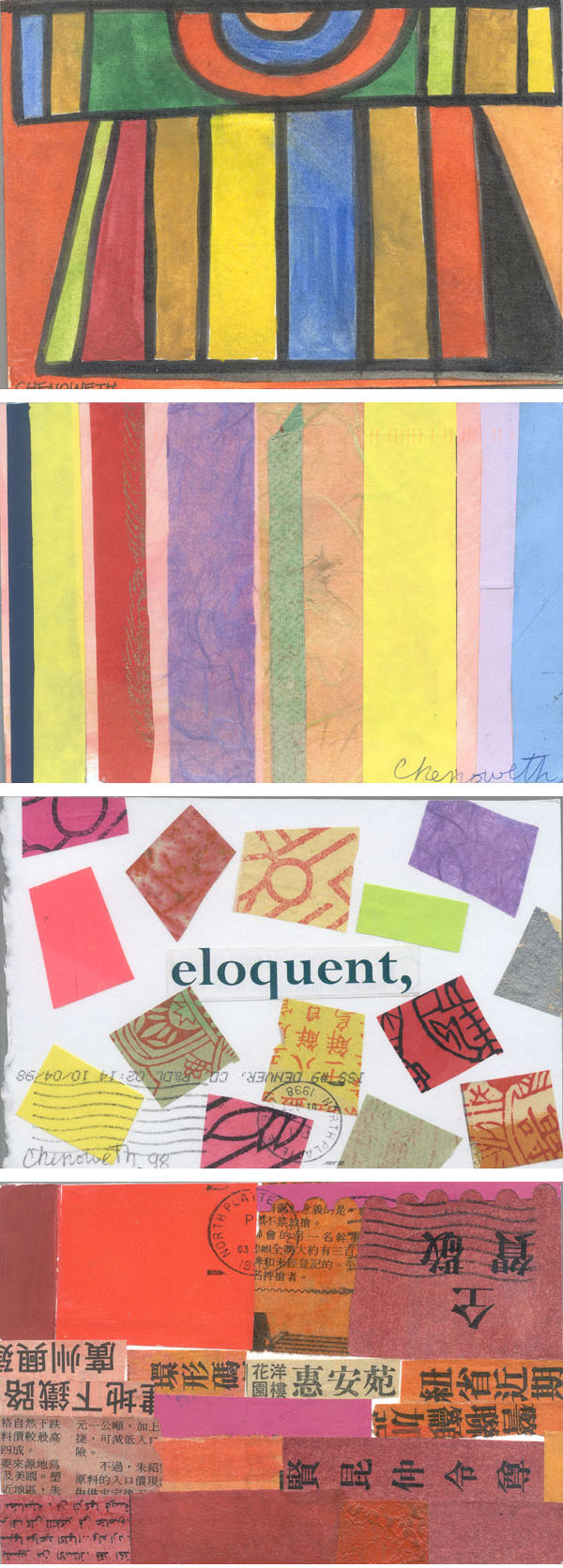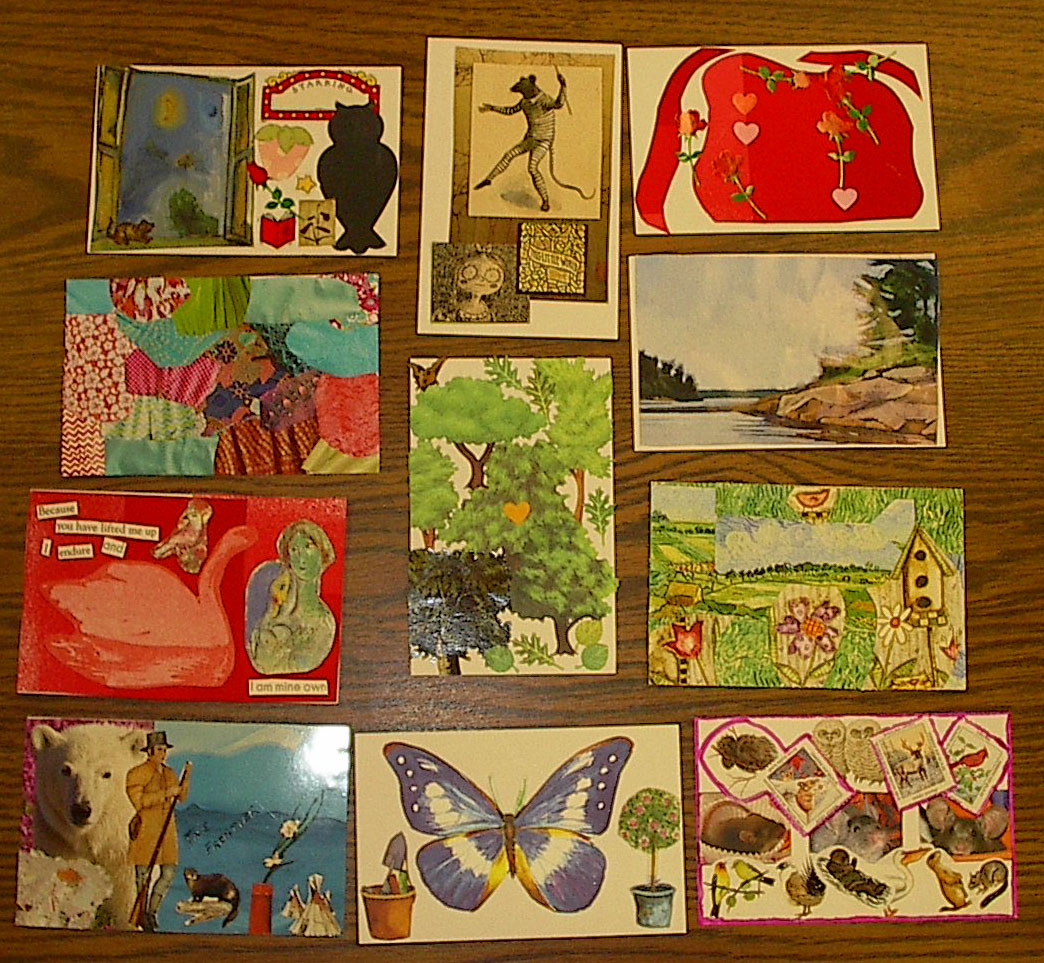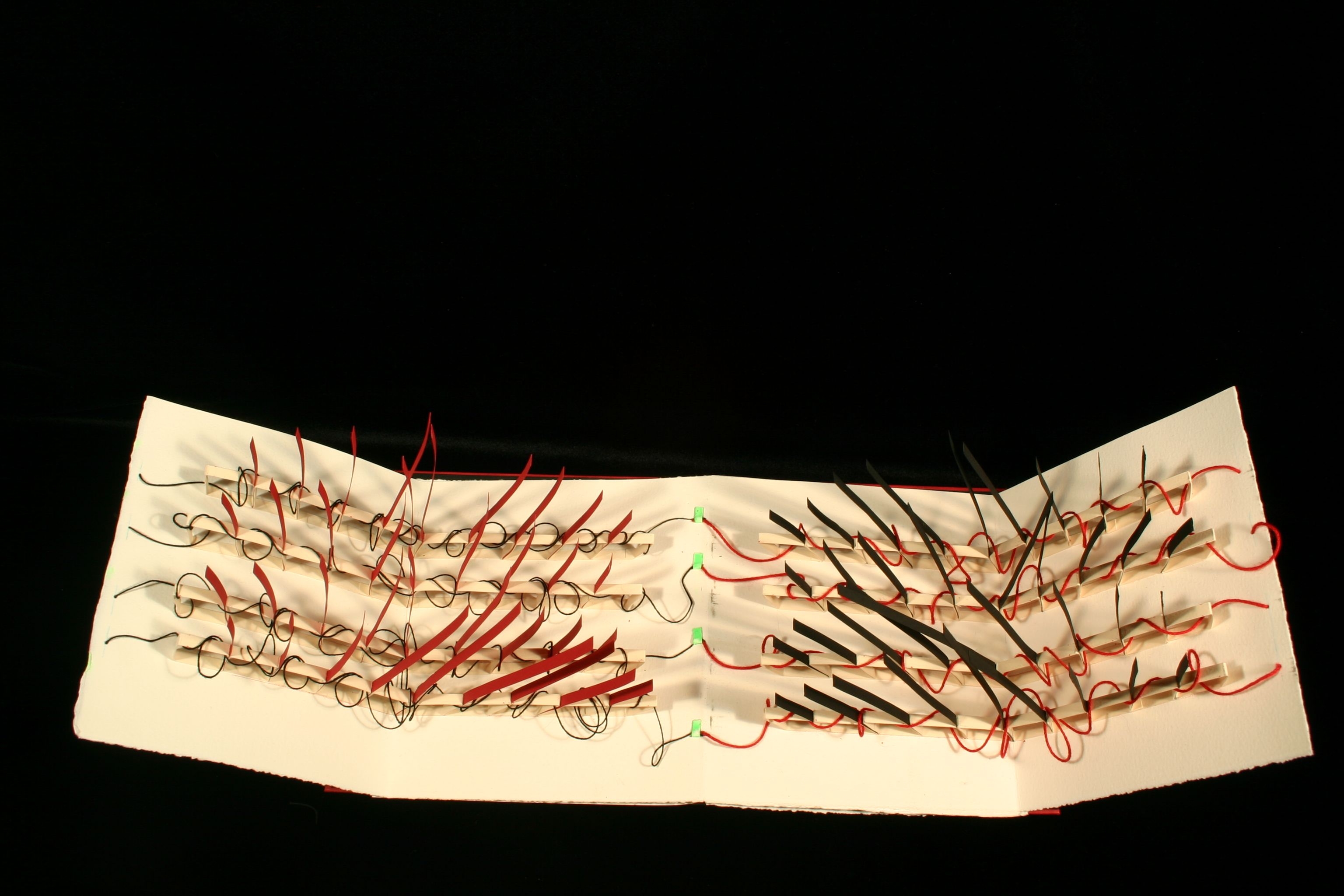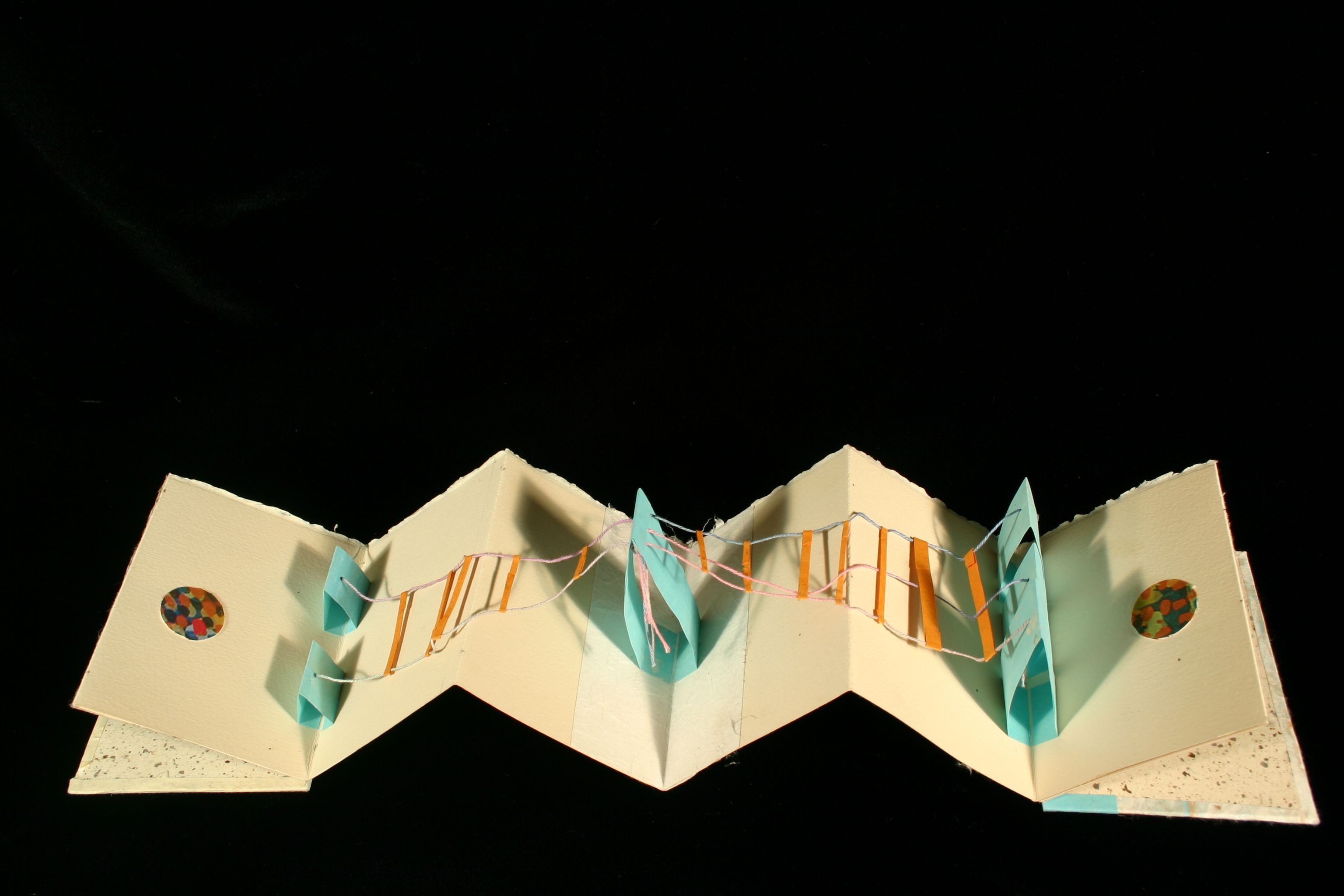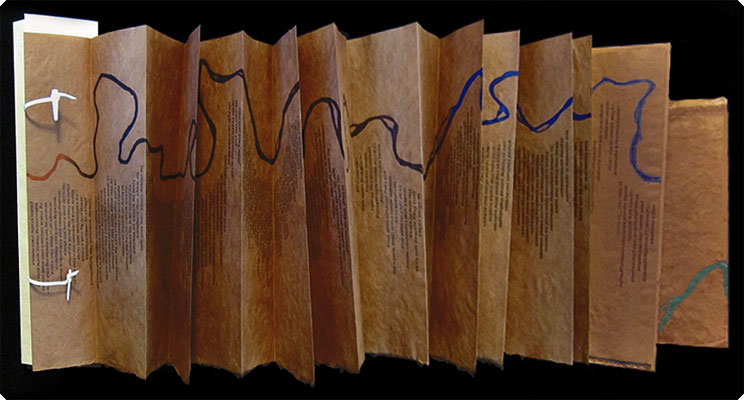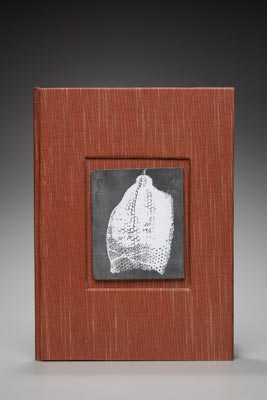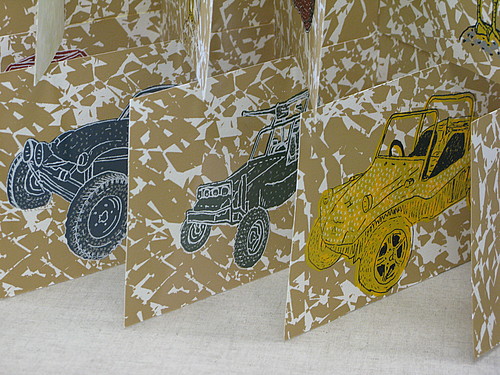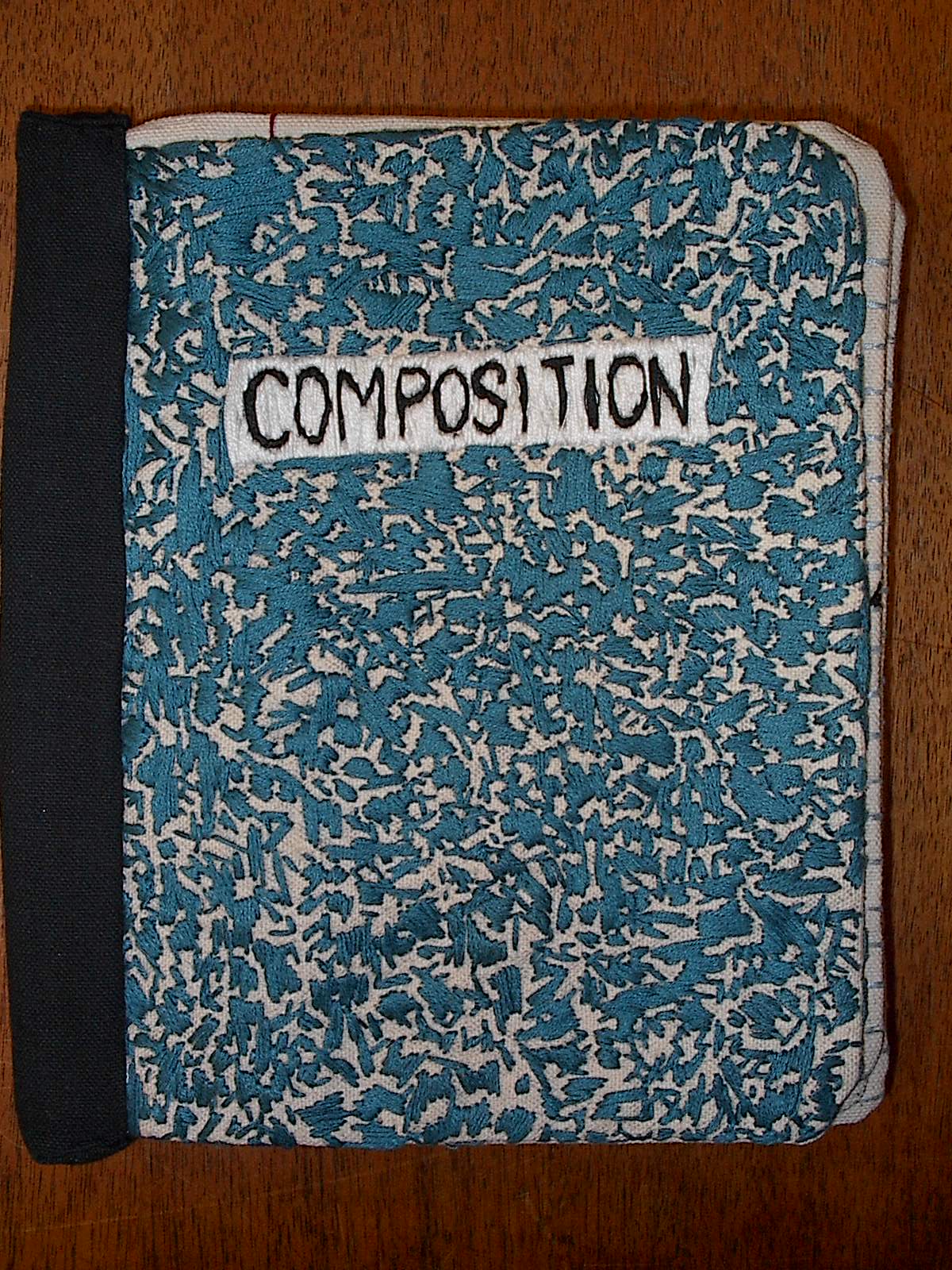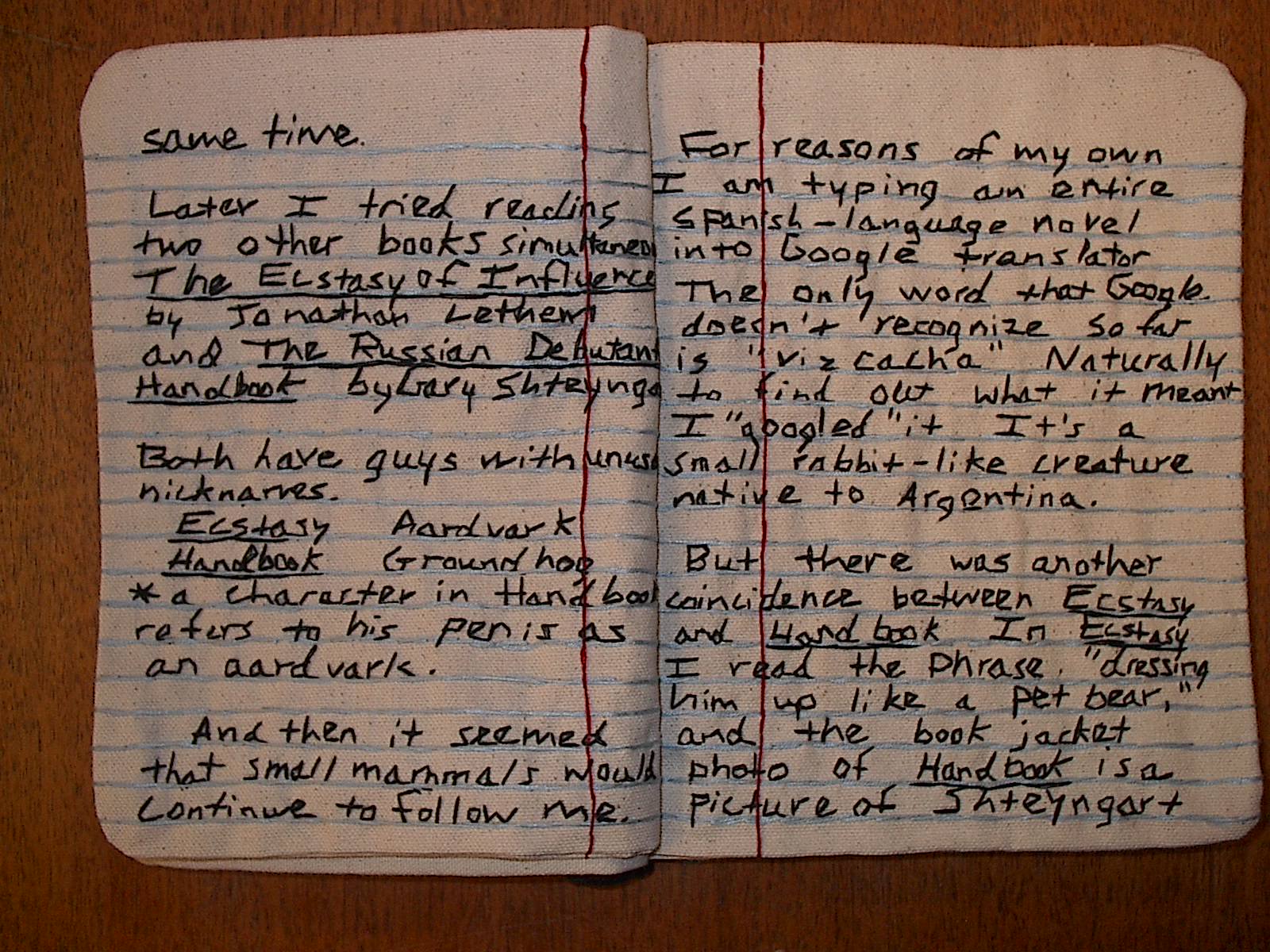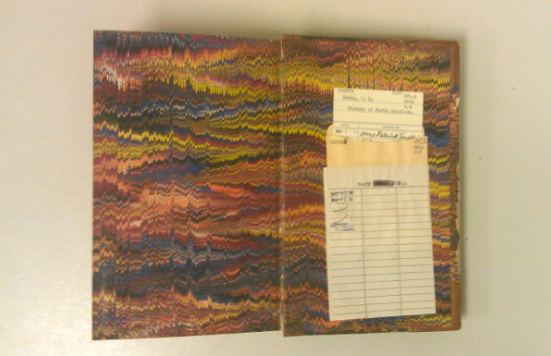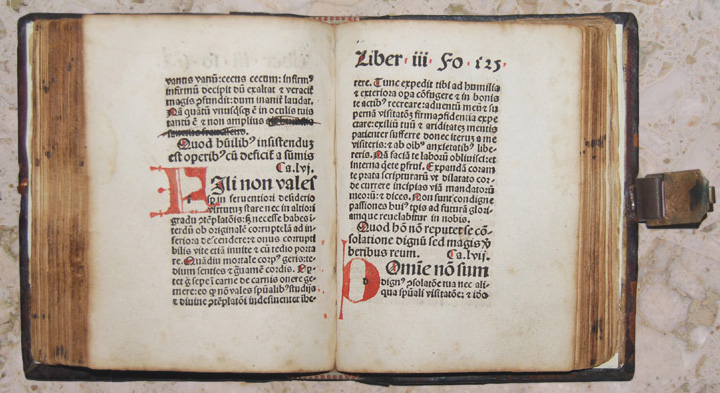 With a money gift from a very kind anonymous donor, Special Collections has just acquired our fifth incunable! (Incunabula are European printed materials from pre-1501. A list of our incunabula and early printed books is here.)
With a money gift from a very kind anonymous donor, Special Collections has just acquired our fifth incunable! (Incunabula are European printed materials from pre-1501. A list of our incunabula and early printed books is here.)
This new one is a 1492 edition of Thomas à Kempis’s Imitation of Christ, printed by Anton Koberger in Nuremberg. It’s smallish, less than six inches tall and comfortable in the hands.
Owners and censors have been “refreshing” it in various ways over its five century life. Marginalia has been excised, leaves have been replaced, words have been struck out, owners have placed their signatures and stamps and bookplates in it. We know from its scent that at least one previous owner was a smoker. We know from the dealer that the clasp has been replaced. We look forward to scholars working with it and finding out much, much more.
So, on this day-before-Thanksgiving, we say: thank you, anonymous donor! Thank you, Medieval Books, for the generous discount you provided in support of Colorado College’s minor in book studies! And thank you, book people everywhere, for loving books and caring for them so that they last and last.

